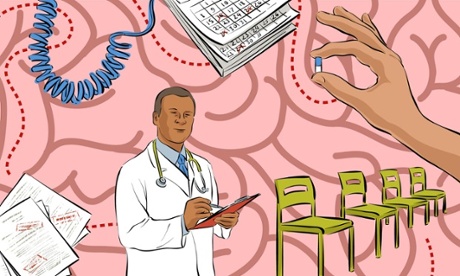
Far from offering patients pennies for their thoughts, mental health therapists often end up billing them hundreds of dollars per month.
The cost is a growing burden as depression among US adolescents and adults rises. The US is suffering a mental health crisis, with a San Diego State University study in October finding that one in 10 Americans is depressed – and more report symptoms of depression.
More Americans are seeking help, and that help can come at a financial sacrifice of thousands of dollars a year. Aside from the cost of often-weekly visits to psychologists – which may or may not be defrayed by insurance – there can be additional costs for psychiatrists and any medicine they prescribe.
The cost of therapy is especially acute for young Americans, many of whom are underemployed and burdened with college debt. This year, a record number of college freshmen reported being depressed. And while many campuses provide free mental health care, affordable help is often harder to find after students leave school.
The Guardian interviewed seven young professionals about their experiences to find out how young Americans manage to pay for therapy – and if they think it’s worth it. To protect their identities, we have kept their surnames anonymous.
Click on the titles below to read their stories:
‘I just can’t afford to go’
– AK, 27
‘Why do I need to pay someone to listen to me?’
– Matt, 23
Therapy was ‘the best chance I had of feeling OK’
– JE, 29
‘I needed someone to help me find courage to leave [my job]’
– Eve, 33
‘At its best, it’s paying for a friend’
- John, 27
‘Therapy is not a magic wand’
-Jenn, 26
‘I’d rather be sad’
– Alex, 27

